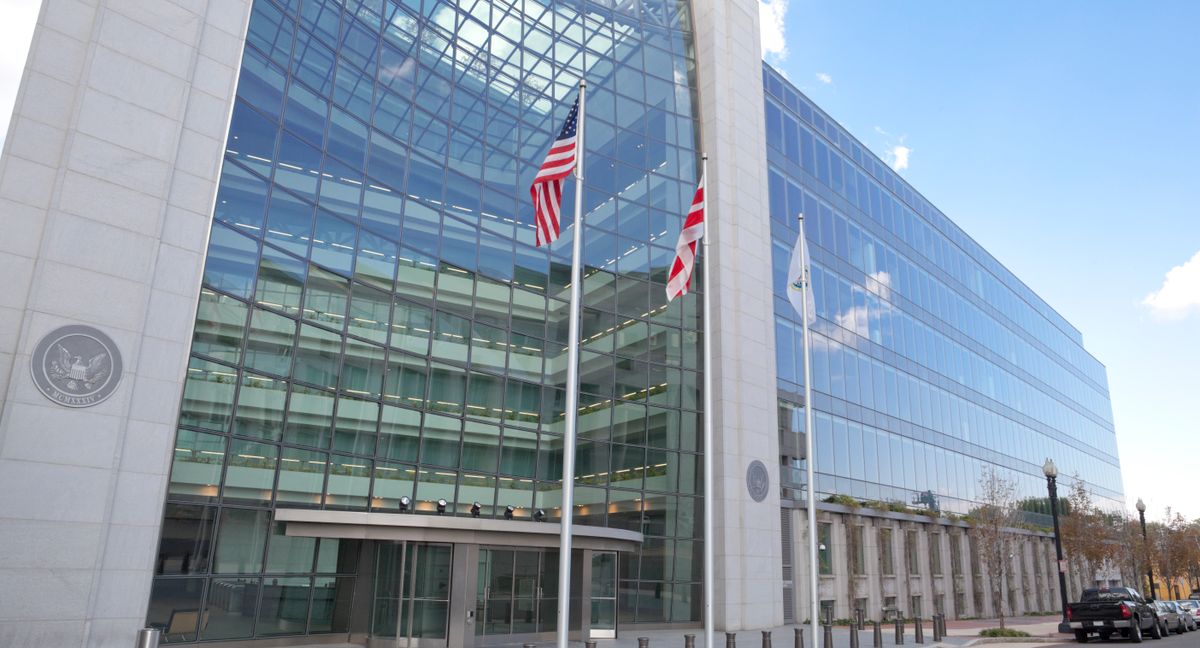This op-ed on the SEC’s climate disclosure rule was originally published in Utility Dive.
By Bob Hinkle, CEO, Metrus Energy and Lisa Jacobson, President, BCSE
When governments or their regulatory bodies weigh in on an issue — think cigarettes or seatbelts — and determine that there is an unacceptable level of risk to society associated with inaction, the long-term effect is a shift in behavior.
The SEC’s proposed climate rule makes the case that climate risks are an unacceptable blind spot for investors and capital allocators. The standardized disclosures of climate risks will effectively lay bare companies’ readiness to transition to low-carbon operating models and the mounting physical hazards they face. Requiring publicly traded companies to report on greenhouse gas emissions shines a spotlight on the risk of inaction. Of course, disclosure in and of itself will not change corporate operating systems overnight, but it does effectively place a “buyer beware” warning label on companies by requiring them to disclose the GHG emissions associated with their businesses.
The basis for the SEC’s rulemaking is to ensure investors have the information they need to properly assess risk. As SEC Chair Gary Gensler puts it, “the core bargain dating back to the 1930s is that investors get to decide which risks to take.” Presently, and absent required standardized disclosure on climate risks, investors are left to hazard their best guess.
Continue reading on Utility Dive.

